Exercise 21
vertical
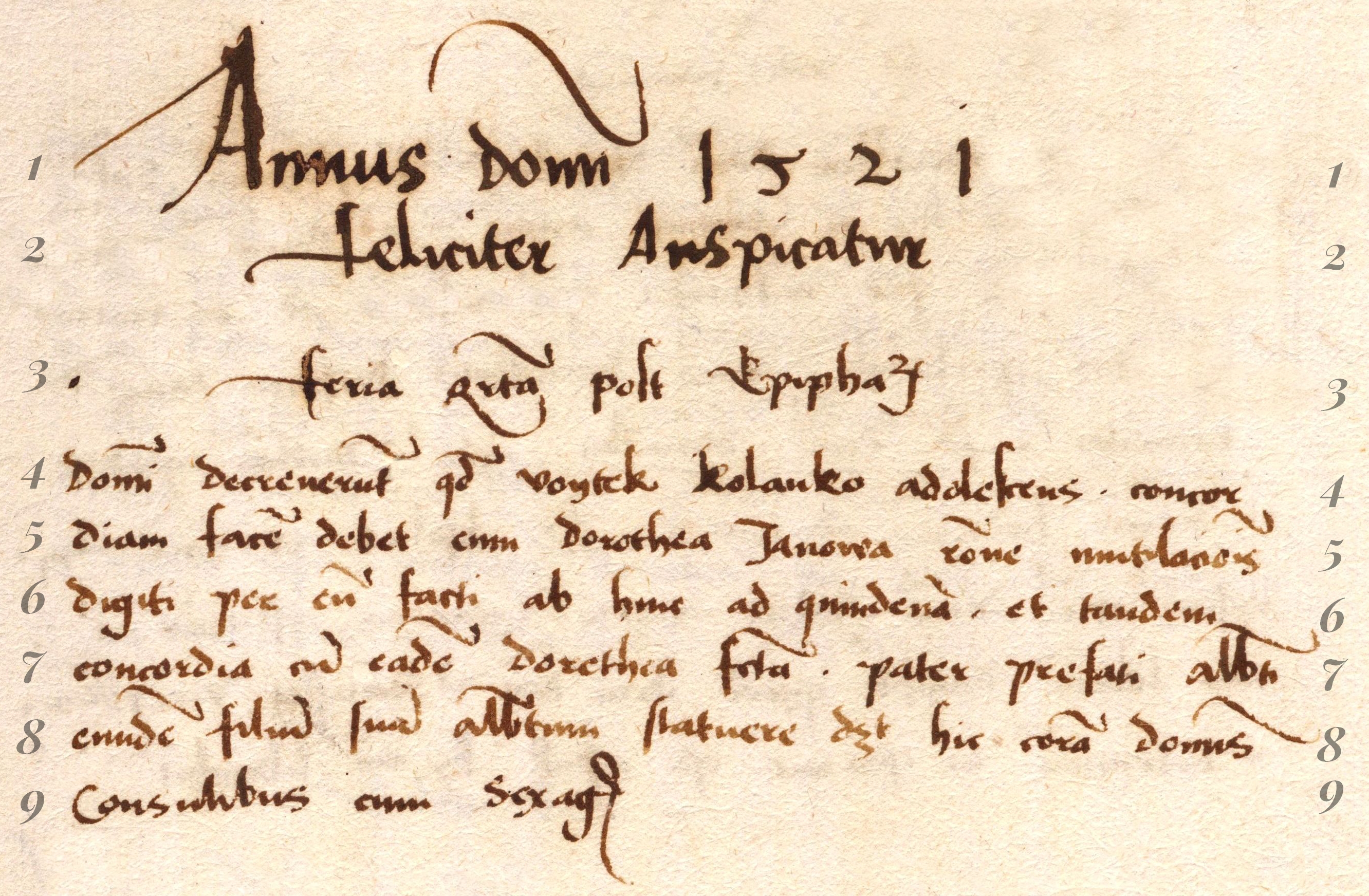
1.
1. Annus Domini 1521
2.
2. feliciter Auspicatur
3.
3. feria quarta post Epiphaniorum
4.
4. Domini decreverunt quod Voytek Kolanko adolescens concor
5.
5. diam facere debet cum Dorothea Janowa relacione mutilacionis
6.
6. digiti per eum facti ab hinc ad quindenam et tandem
7.
7. concordia cum eadem Dorethea facta pater prefati alberti
8.
8. eundem filium suum albertum statuere debet hic coram dominis
9.
9. Consulibus cum Sexaginta
Principles of transcription
┬Ā
- Maintain the original entry - carry out the transcription as faithfully as possible to the original, without correcting the writer's mistakes.
┬Ā - Lines of text - the transcription should be written in lines. If the word is divided between two lines, it should be written as in the original, that is, without connecting it.
┬Ā - Punctuation - all punctuation marks or others (e.g. commas, full stops, hyphens, etc.) appearing in the original should be ignored.
┬Ā - Writing capital letters - the mechanism recognises both small and capital letters as correct.
┬Ā - Contractions - a contraction used by the writer should be written in full. Do not use square brackets to designate additional letters, complementing the contraction.
┬Ā - Numbers and dates written using digits - should be written as in the original, i.e. with digits (Roman or Arabic, also in accordance with the original). Such a situation represents an exception from the rule accepted for contractions, written in the previous point.
┬Ā - The letters u and v - in Latin texts they are often exchanged or written in an identical way. While transcribing, the actual, phonetic sound of the word should be used.
┬Ā - The letter Y - should be written as y. In this case, the rule for transcribing this letter in Latin texts is broken as it appears in a name written in Polish (Voytek).
┬Ā
┬Ā
You can find the full principles of transcription here.
Helpful tips
- In this document there are many contractions for which knowledge of Latin will be helpful. Remember that if you click Abbreviations you will find a set of contractions used by the scribe. For general information on the subject of shortening words, click here.
┬Ā - The letter s appears in two versions (long and short).
┬Ā - In some cases, the letter r may surprise with its shape, sometimes it is written carelessly by the scribe.
┬Ā - It is very easy to confuse the letters u and v, they are almost identical.
┬Ā - The document contains a year written with digits - the Principles of transcription contain the rules we have accepted in such situations.
┬Ā - The scribe wrote the name of the main hero of the entries in two languages - Polish (Voytek) and Latin (Albertus).
┬Ā
┬Ā
You will find more useful tips for transcribing old texts here.
Exercise 21
Model letters
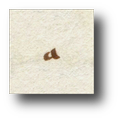
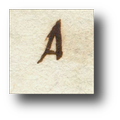

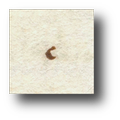
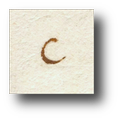
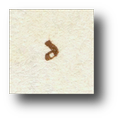

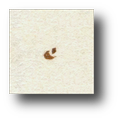
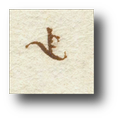
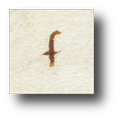
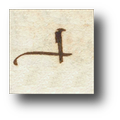
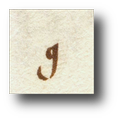
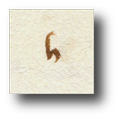

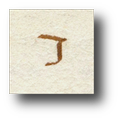
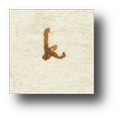
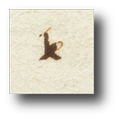
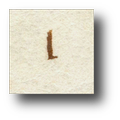
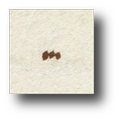
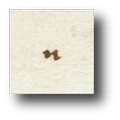
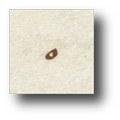
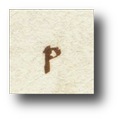
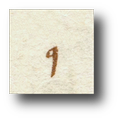
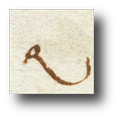
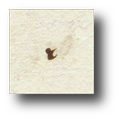
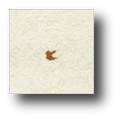
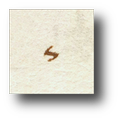
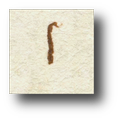
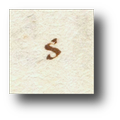
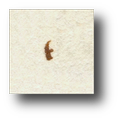


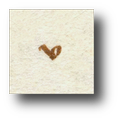
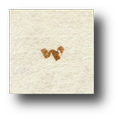
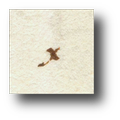
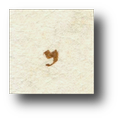
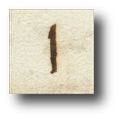
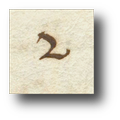
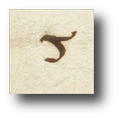
Exercise 21
Abbreviations
![alb[er]ti](https://dawnepismo.ank.gov.pl/files/practice/shortcuts/exercise-21/cw21alberti.png)
![alb[er]tum](https://dawnepismo.ank.gov.pl/files/practice/shortcuts/exercise-21/cw21albertum.png)
![cora[m]](https://dawnepismo.ank.gov.pl/files/practice/shortcuts/exercise-21/cw21coram.png)
![cu[m]](https://dawnepismo.ank.gov.pl/files/practice/shortcuts/exercise-21/cw21cum.png)
![d[ebe]t](https://dawnepismo.ank.gov.pl/files/practice/shortcuts/exercise-21/cw21debet.png)
![decreveru[n]t](https://dawnepismo.ank.gov.pl/files/practice/shortcuts/exercise-21/cw21decreverunt.png)
![Domi[ni]](https://dawnepismo.ank.gov.pl/files/practice/shortcuts/exercise-21/cw21domini.png)
![Domi[ni]](https://dawnepismo.ank.gov.pl/files/practice/shortcuts/exercise-21/cw21domini2.png)
![domi[ni]s](https://dawnepismo.ank.gov.pl/files/practice/shortcuts/exercise-21/cw21dominis.png)
![eade[m]](https://dawnepismo.ank.gov.pl/files/practice/shortcuts/exercise-21/cw21eadem.png)
![Epipha[niorum]](https://dawnepismo.ank.gov.pl/files/practice/shortcuts/exercise-21/cw21epiphaniorum.png)
![eu[m]](https://dawnepismo.ank.gov.pl/files/practice/shortcuts/exercise-21/cw21eum.png)
![eunde[m]](https://dawnepismo.ank.gov.pl/files/practice/shortcuts/exercise-21/cw21eundem.png)
![face[re]](https://dawnepismo.ank.gov.pl/files/practice/shortcuts/exercise-21/cw21facere.png)
![f[a]cta](https://dawnepismo.ank.gov.pl/files/practice/shortcuts/exercise-21/cw21facta.png)
![filiu[m]](https://dawnepismo.ank.gov.pl/files/practice/shortcuts/exercise-21/cw21filium.png)
![mutilacio[n]is](https://dawnepismo.ank.gov.pl/files/practice/shortcuts/exercise-21/cw21mutilacionis.png)
![Q[ua]rta](https://dawnepismo.ank.gov.pl/files/practice/shortcuts/exercise-21/cw21quarta.png)
![quindena[m]](https://dawnepismo.ank.gov.pl/files/practice/shortcuts/exercise-21/cw21quindenam.png)
![q[uo]d](https://dawnepismo.ank.gov.pl/files/practice/shortcuts/exercise-21/cw21quod.png)
![r[elaci]one](https://dawnepismo.ank.gov.pl/files/practice/shortcuts/exercise-21/cw21relacione.png)
![sexag[inta] - 60](https://dawnepismo.ank.gov.pl/files/practice/shortcuts/exercise-21/cw21sexaginta.png)
![suu[m]](https://dawnepismo.ank.gov.pl/files/practice/shortcuts/exercise-21/cw21suum.png)